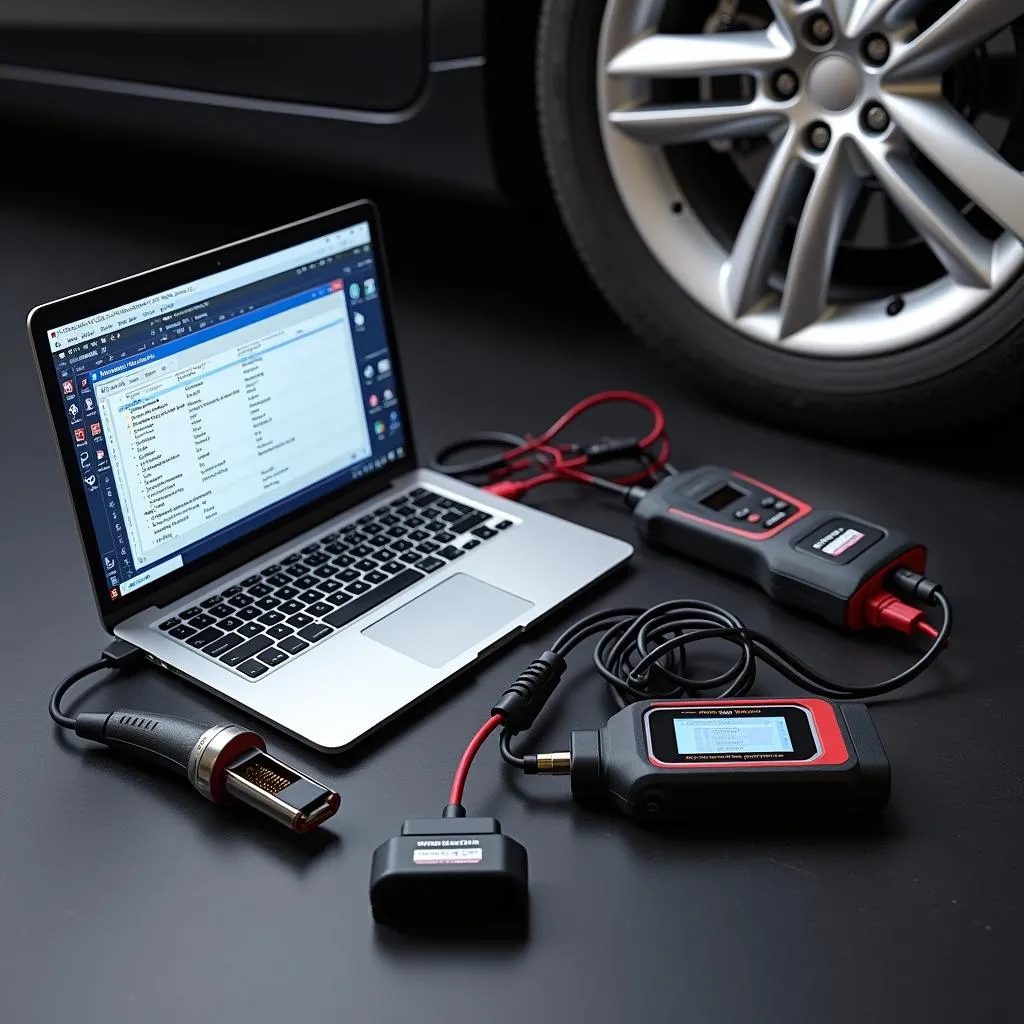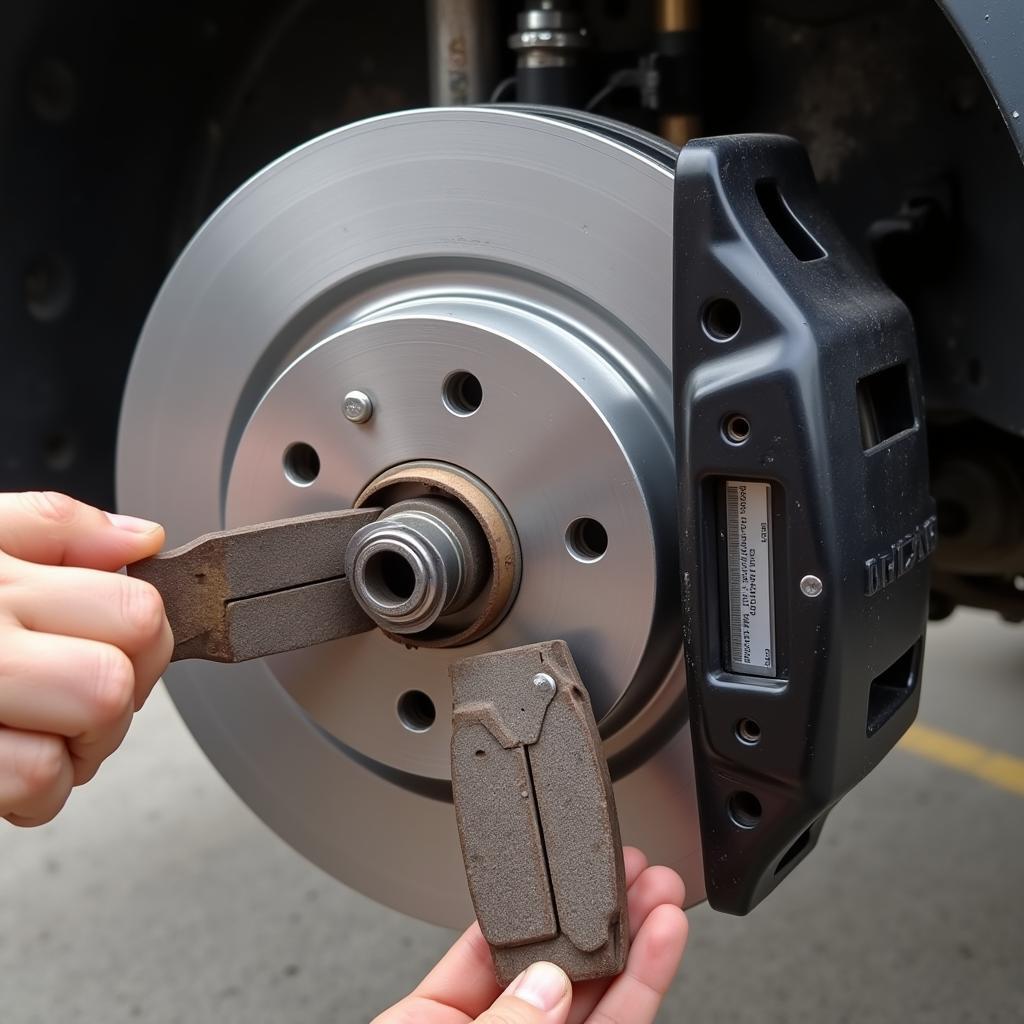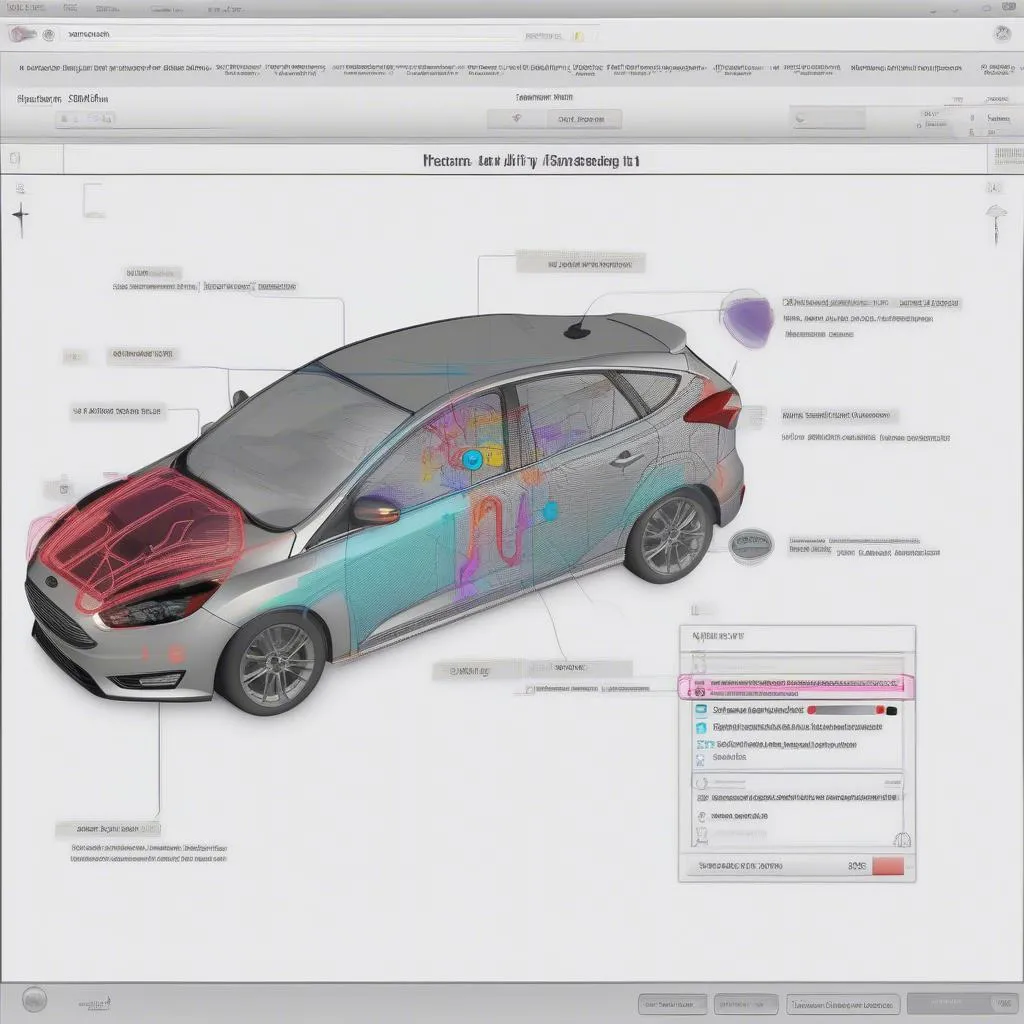In today’s digital age, vehicle theft is an unfortunate reality. Thankfully, advancements in technology have led to sophisticated anti-theft systems like Intel Anti-Theft Technology. But how does it actually work to protect your car? Let’s delve into the mechanics of this powerful security feature.
Understanding Intel Anti-Theft Technology
Intel Anti-Theft Technology is a hardware-based security feature embedded in certain vehicle models. It acts as a formidable deterrent against theft by disabling critical components of the vehicle, rendering it inoperable to unauthorized users.
How It Works
- Activation: The system is activated when you lock your car using your key fob or the vehicle’s security system.
- Immobilization: Once activated, the technology disables key engine functions like fuel delivery and ignition, preventing the engine from starting without proper authorization.
- Authentication: The system utilizes a unique digital key stored within your car key or key fob. This key communicates with the vehicle’s computer system to verify your identity.
- Disabling the System: When you unlock your car with your authorized key, the system recognizes the signal, deactivates the immobilization, and allows the engine to start normally.
 Intel Anti-Theft System Diagram
Intel Anti-Theft System Diagram
Recognizing a Potential Issue with Intel Anti-Theft
Several signs might indicate a problem with your Intel Anti-Theft Technology:
- Engine Cranks but Won’t Start: This is a common symptom, suggesting the system is preventing ignition due to a possible fault.
- Rapidly Flashing Security Light: If the security light on your dashboard blinks rapidly, it often signals an issue with the anti-theft system.
- Key Fob Malfunctions: If your key fob fails to lock or unlock the doors or experiences inconsistent behavior, it could point to a problem with the system’s communication.
Tools for Diagnosis and Repair
Addressing issues with Intel Anti-Theft Technology typically requires specialized diagnostic equipment and software. This specialized equipment can read and interpret the vehicle’s computer system, pinpoint the exact problem area, and guide the necessary repairs.
 Automotive Diagnostic Tools
Automotive Diagnostic Tools
Troubleshooting and Repair
While it’s recommended to consult a qualified automotive locksmith or technician for complex issues, here’s a simplified guide on potential solutions:
- Check Your Key Fob Battery: A weak battery can disrupt communication with your vehicle. Replacing the battery might resolve the issue.
- Reprogram Your Key Fob: Over time, key fob programming might need a reset. Consult your owner’s manual or seek professional assistance for this procedure.
- Inspect the Ignition Cylinder: A faulty ignition cylinder can interfere with the key’s ability to communicate with the anti-theft system.
Frequently Asked Questions
Can I disable the Intel Anti-Theft Technology in my vehicle?
Disabling the system is strongly discouraged as it compromises your vehicle’s security. It usually requires specialized knowledge and tools and might not be legal in all areas. For guidance on security options, refer to resources like Cardiagtech’s articles on activating Intel Anti-Theft Technology or even disabling mobile anti-theft systems, which provide valuable insights into different aspects of vehicle security.
What should I do if I suspect my car’s anti-theft system is malfunctioning?
Contact a qualified automotive locksmith or a trusted mechanic specializing in automotive electronics. They possess the expertise and tools to diagnose and rectify the problem safely and effectively.
Cardiagtech: Your Partner in Automotive Diagnostics
Dealing with car troubles can be stressful. If you’re experiencing issues with your vehicle’s electronics or anti-theft system, CARDIAGTECH offers a range of diagnostic tools and software to help pinpoint the problem. Contact us today for professional assistance and get your car back on the road safely!


